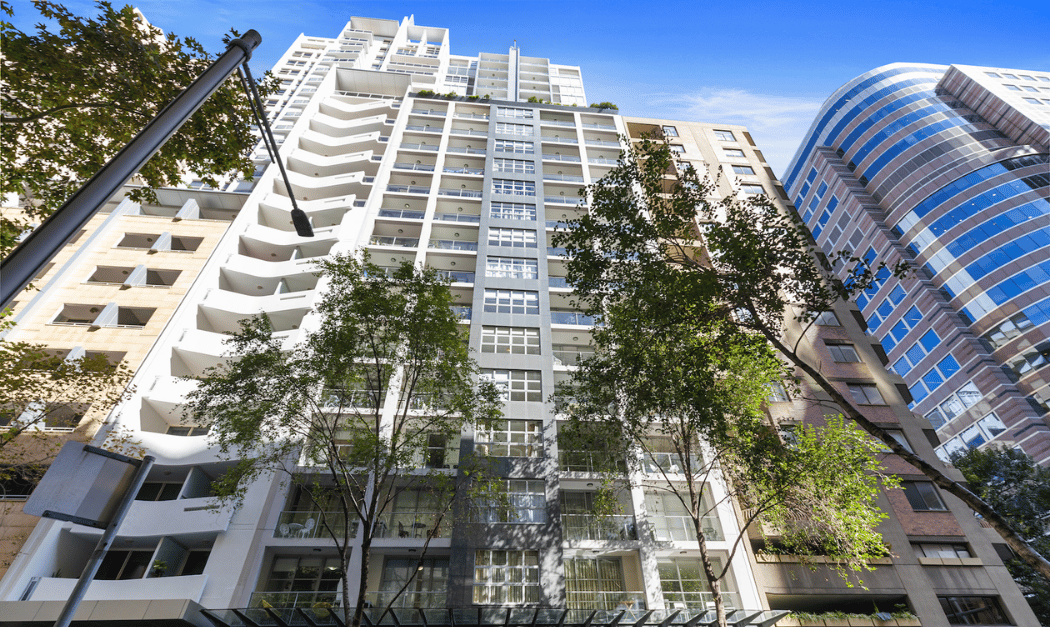The Australian property market is poised for significant shifts in 2025, influenced by recent federal budget announcements, the upcoming federal election on May 3, and evolving economic indicators suggesting potential interest rate cuts. Understanding these factors is crucial for prospective buyers and investors aiming to navigate the market effectively.
Federal Budget 2025: Implications for the Housing Market
The 2025 federal budget introduces several measures aimed at enhancing housing affordability and supply:
- Expansion of the Help to Buy Scheme: An additional $800 million investment has been allocated to the Help to Buy shared equity scheme, increasing total funding to $6.3 billion. This expansion raises income caps from $90,000 to $100,000 for individuals and from $120,000 to $160,000 for joint applicants and single parents, while also boosting property price caps, thereby broadening access for first-home buyers.
- Investment in Prefabricated and Modular Housing: To address supply constraints, the government has committed $54 million to support the prefabricated and modular housing sector, aiming to expedite construction processes and increase housing availability.
- Cost-of-Living Relief Measures: The budget introduces tax cuts, energy bill rebates, and healthcare investments, which may enhance disposable incomes and influence housing demand.
Impact of the Upcoming Federal Election on Property Prices
Historically, federal elections have introduced a degree of uncertainty in the property market, often leading to temporary slowdowns as buyers and sellers adopt a “wait and see” approach. However, analyses suggest that elections have a minimal long-term impact on property prices:
- Historical Trends: Data from the past seven federal elections indicate that neither major political party holds a clear advantage in influencing property market growth. House prices grew marginally more under Liberal governments (3.1% annually) compared to Labor (2.9%), while Labor-led periods saw stronger growth in unit values (4.5% vs. 1.4%).
- Post-Election Market Behavior: Typically, any pre-election market hesitancy is short-lived, with property markets stabilizing within three to six months following an election, regardless of the outcome.
Potential Interest Rate Cuts and Economic Indicators
Recent economic data suggests a potential easing of monetary policy:
- Interest Rate Movements: The Reserve Bank of Australia implemented a 0.25% interest rate cut in February, the first in four years, bringing the cash rate to 4.1%. Financial markets currently indicate a low probability (13%) of another rate cut before the election.
- Inflation Trends: Inflation has moderated to 2.4%, aligning with the Reserve Bank’s target band, which may support further monetary easing.
Lower interest rates can enhance borrowing capacity and stimulate housing demand, potentially exerting upward pressure on property prices.
Conclusion
The interplay of the 2025 federal budget initiatives, the forthcoming federal election, and potential interest rate adjustments are set to shape Australia’s property market dynamics. While elections may introduce short-term uncertainty, historical patterns suggest limited long-term impact on property prices. Prospective buyers and investors should remain informed and consider these factors when making decisions in the current market environment.



